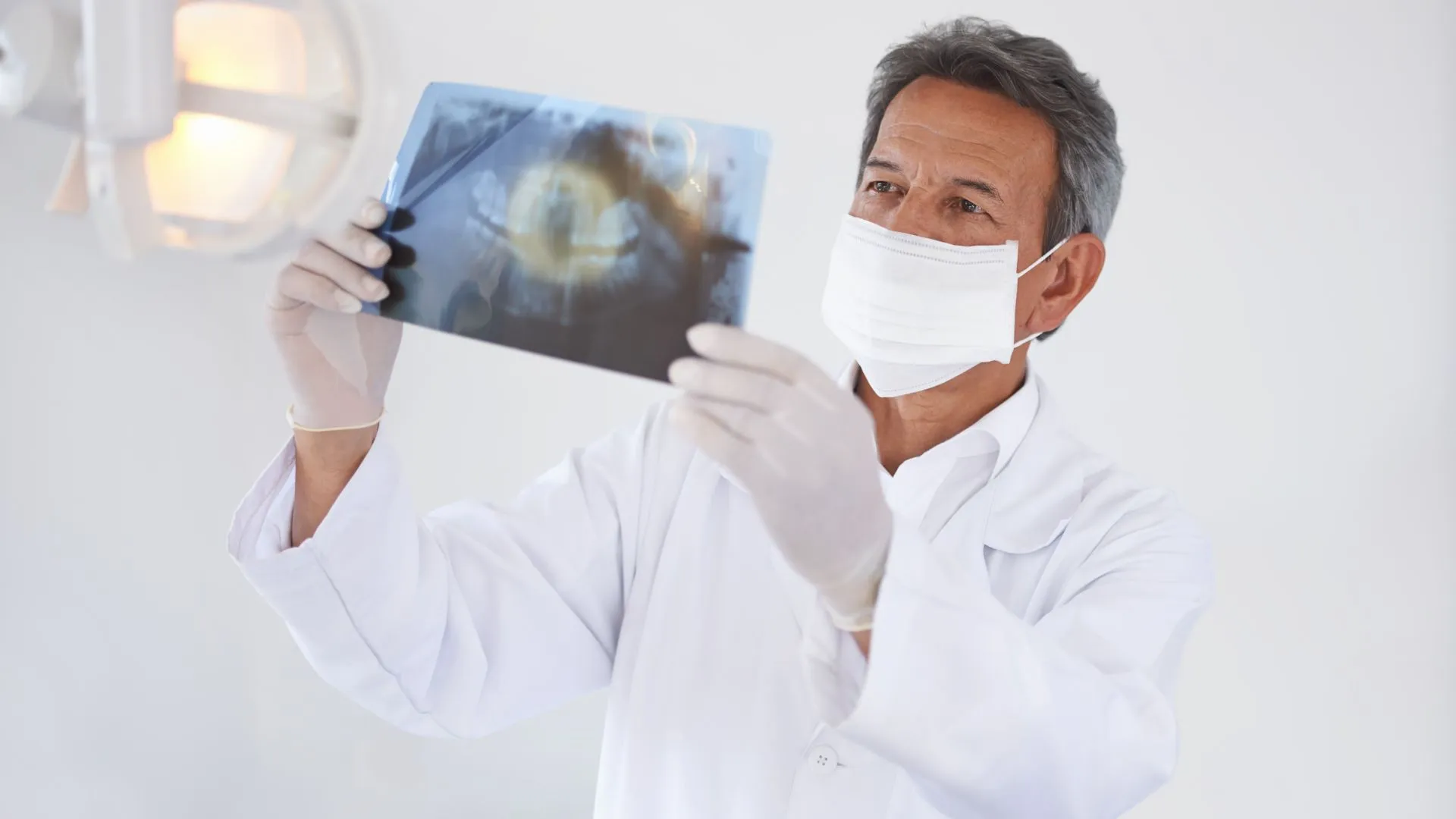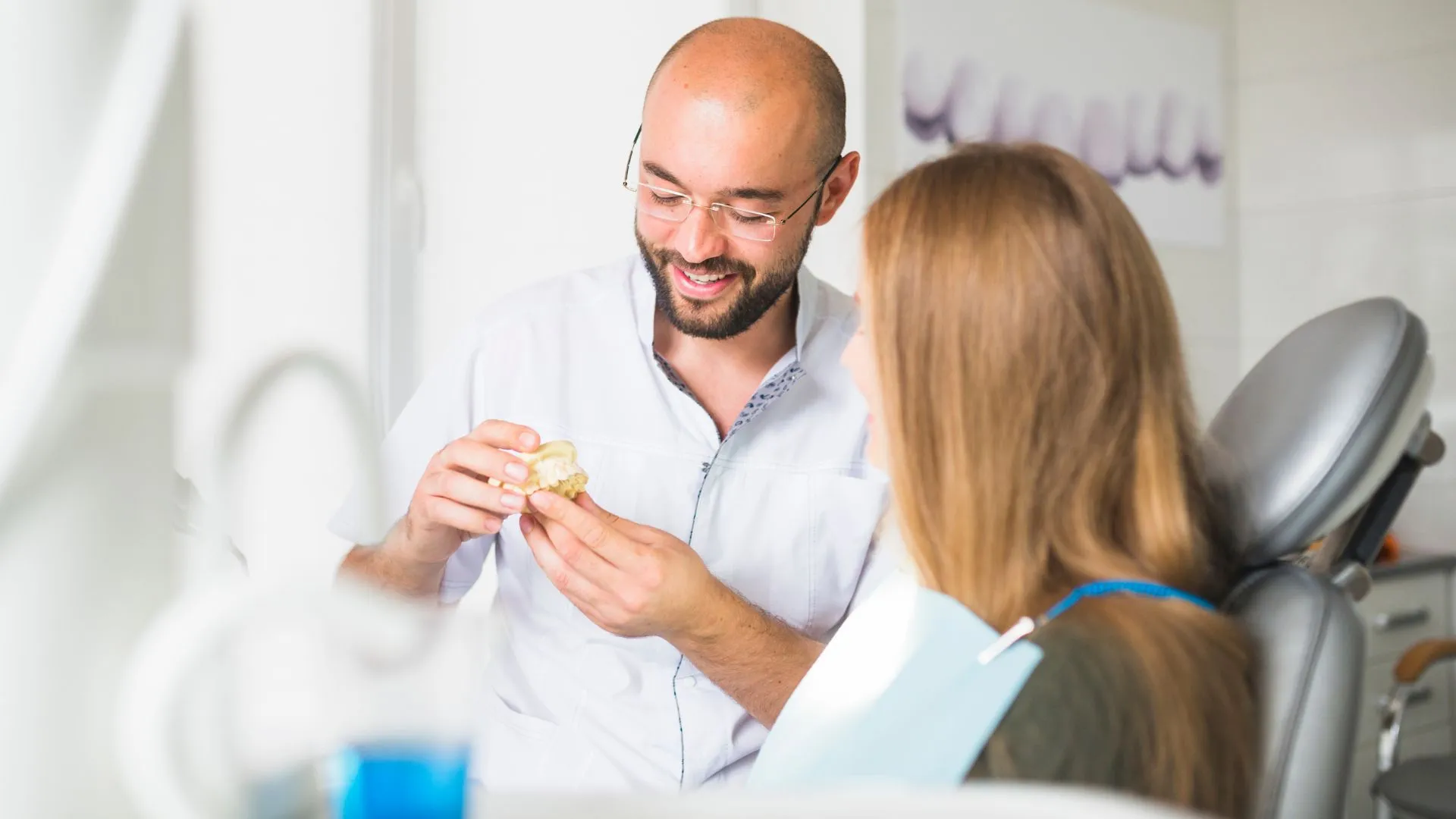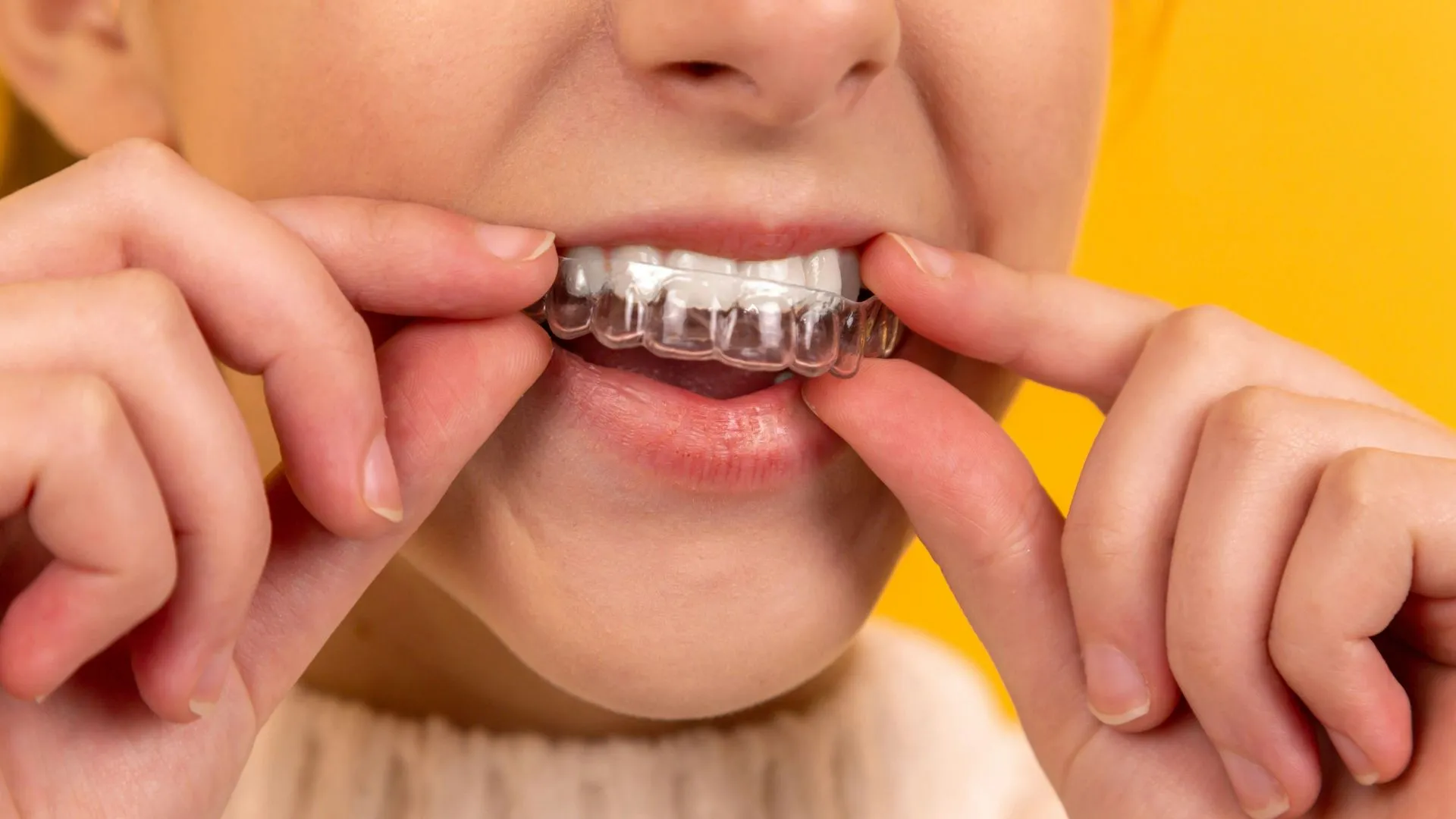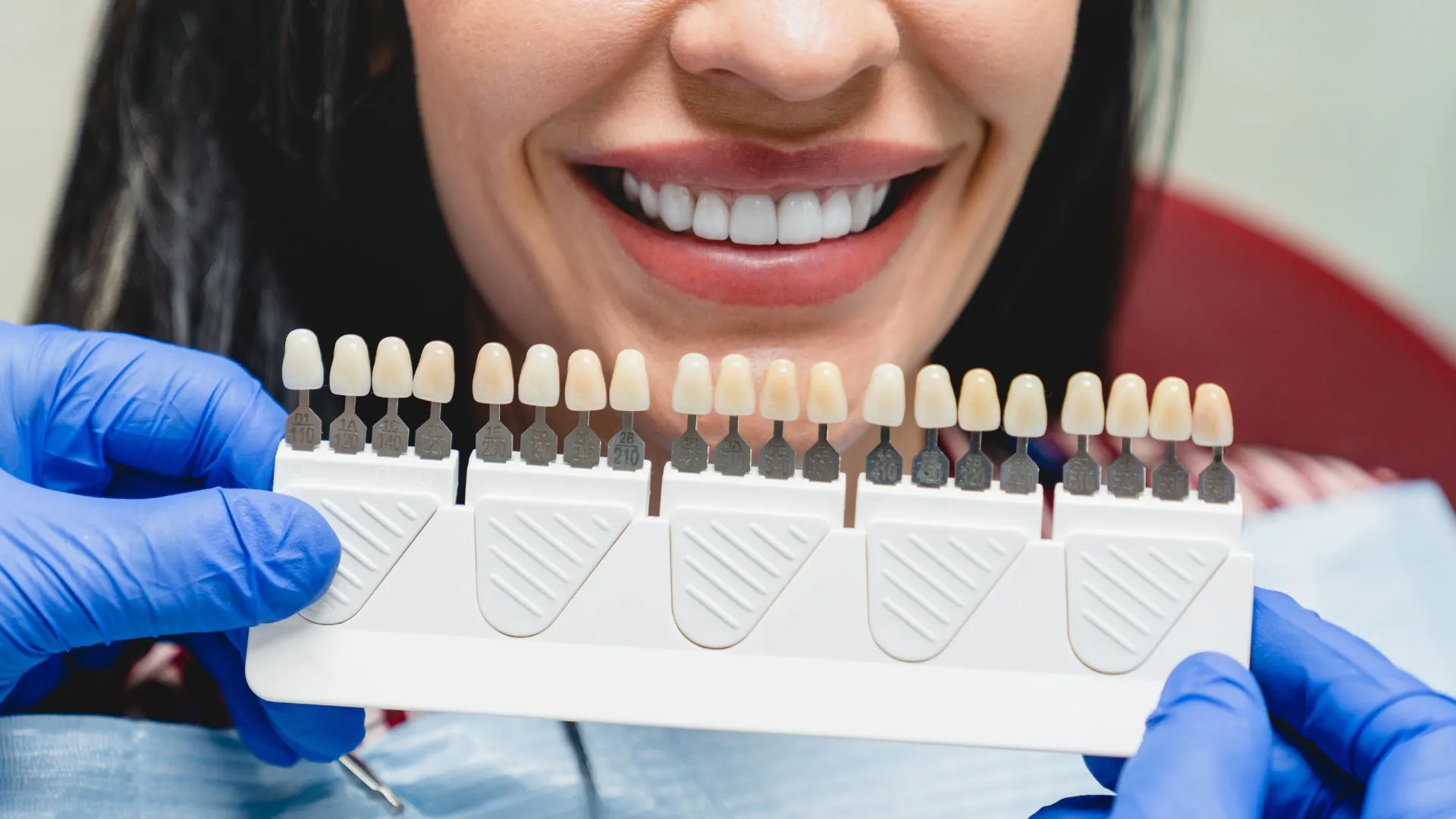If you’ve been getting headaches and your jaws have been sore, you may want to consider the possibility of bruxism. While some teeth grinders have chipped or loose enamel, for the most part, you may not really notice any great difference in teeth.
If you’ve been getting headaches and your jaws have been sore, you may want to consider the possibility of bruxism. While some teeth grinders have chipped or loose enamel, for the most part, you may not really notice any great difference in teeth. And unless you sleep with a partner, you may not even realize that you grind your teeth at night!
Some articles, like one recent post at drbicuspid.com, even say that tooth wear can be hard to spot unless dentists use a combination of tools:
Tooth wear screening tools fall short, new study finds
Which tooth wear evaluation tool works best? None, according to a new study. Researchers found that the four most common systems to categorize erosion all fall short of the requirements needed to be universally used in dental practice and research. A team of international researchers realized that no universally applicable evaluation tool exists. Therefore, they set out to determine whether one of the existing systems could be used universally or if dental researchers need to create a new tool.
“It was this study’s first aim to perform an in-depth analysis of the characteristics of four commonly used tooth wear evaluation systems to determine if … [these systems show] characteristics of a hypothetical, broadly applicable evaluation system,” wrote the study authors, led by Peter Wetselaar, DDS, an assistant professor at the University of Amsterdam and Vrije Universiteit Amsterdam (BMC Oral Health, November 3, 2016).
More people are aging with their natural dentition, and erosion is becoming an increasingly common problem seen in the dental office. However, while there are universal systems to diagnose and monitor caries and periodontal disease, a similar tool does not exist for tooth wear.
At first glance, this study may seem to dismiss current screening methods, but thankfully that’s not the case. Again, the study shows that a combination of tools (e.g. Tooth wear index, Lussi index, etc.) is needed since there is no universal tool that can assess tooth wear. But even if tooth wear can be difficult to spot, that doesn’t mean there isn’t anything you can do. The focus should be on preventative dentistry methods.
For instance, while mouthguards are commonly used for sports, they can also be used for bruxism. If you aren’t seeing the dentist for a while, you can just purchase a boil-and-bite mouthguard until you can get fitted for a custom one.
While mouthguards can pretty much take care of any bruxism, you may want to consider getting tested for sleep apnea, and you’ll want to look at certain risk factors. For example, one study showed that cigarettes and alcohol could cause night-time bruxism:
Alcohol, cigarettes are risk factors for bruxism
December 14, 2016 — When patients report smoking cigarettes or frequently drinking alcohol, you probably automatically think of their increased risk for caries and periodontal disease. However, you may want to also check for bruxism during your exam. A new study found those who smoke cigarettes and binge drink have an increased risk for sleep bruxism.
The study authors hope dentists will use their findings to screen at-risk patients for the condition, which can lead to tooth wear and fractures, periodontal disease, and headaches.
“Because results of our [systematic review] indicated that there is some available evidence of the possible association between [sleep bruxism] and alcohol, caffeine, and tobacco, dentists should be aware of this possibility during the first dental appointment,” wrote lead study author Eduardo Bertazzo-Silveira, DDS, and colleagues (Journal of the American Dental Association, November 2016, Vol. 147:11, pp. 859-866).
Along with these risk factors, you may want to look at your stress levels. Bruxism doesn’t have to always be chronic; if you are going through any depression or anxiety, the condition can be temporary as you deal with those emotions.




